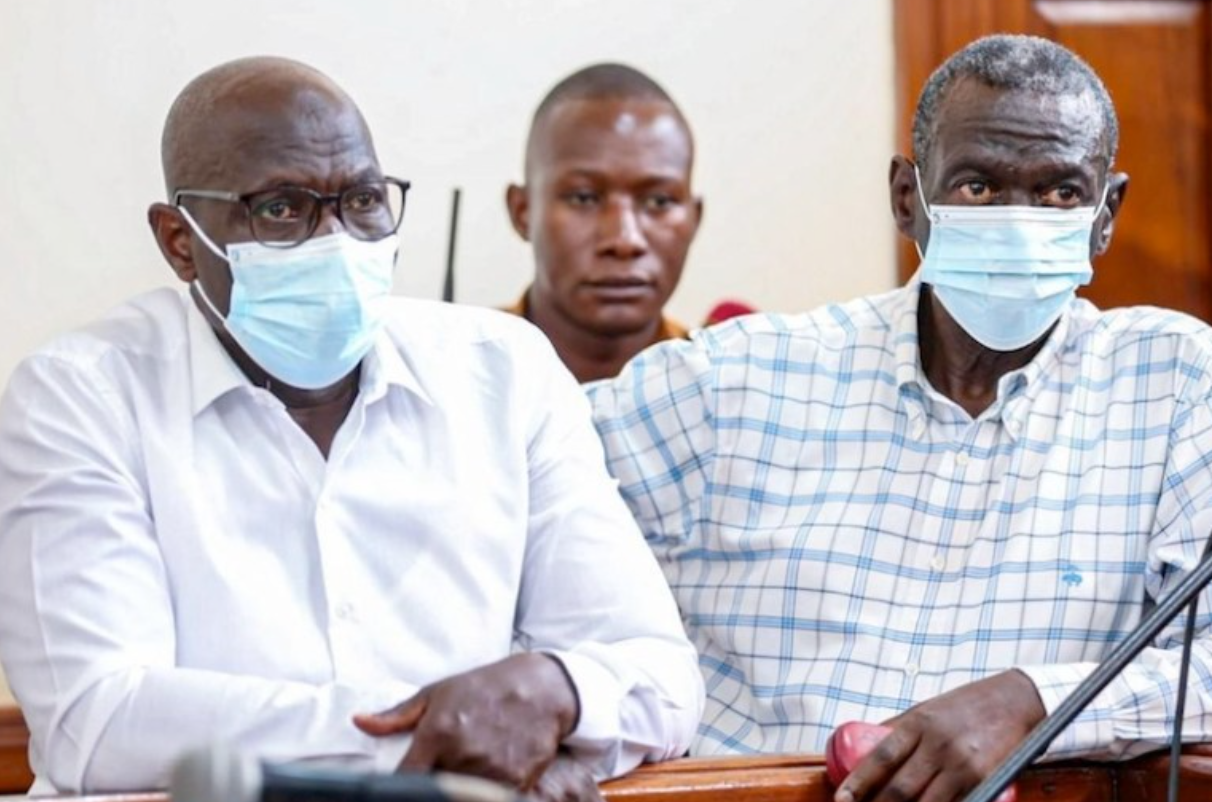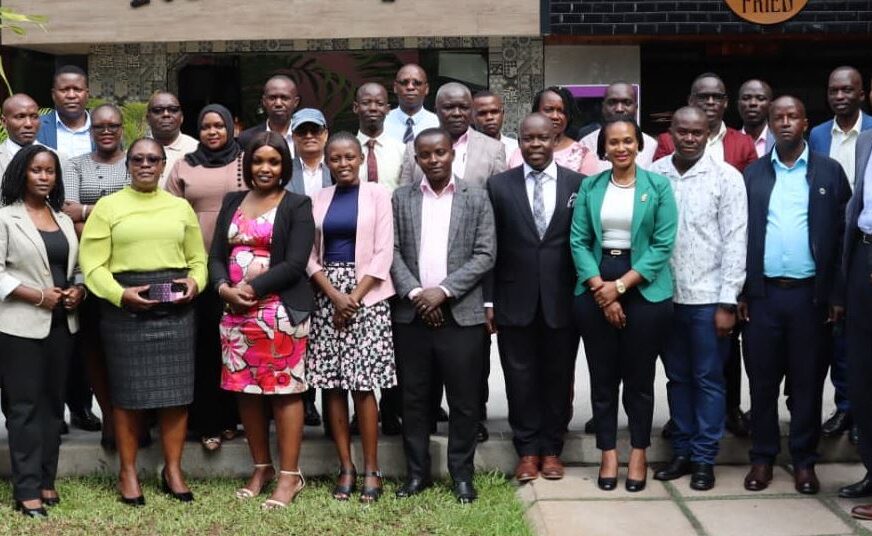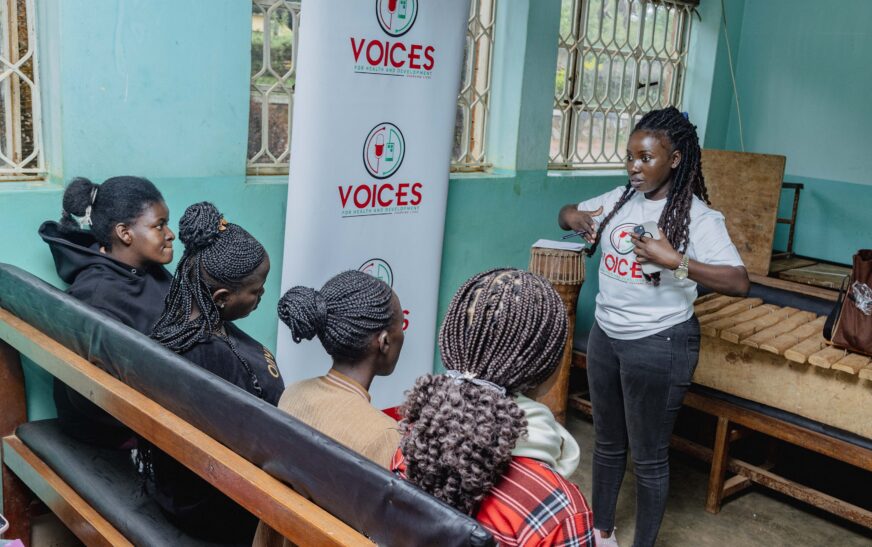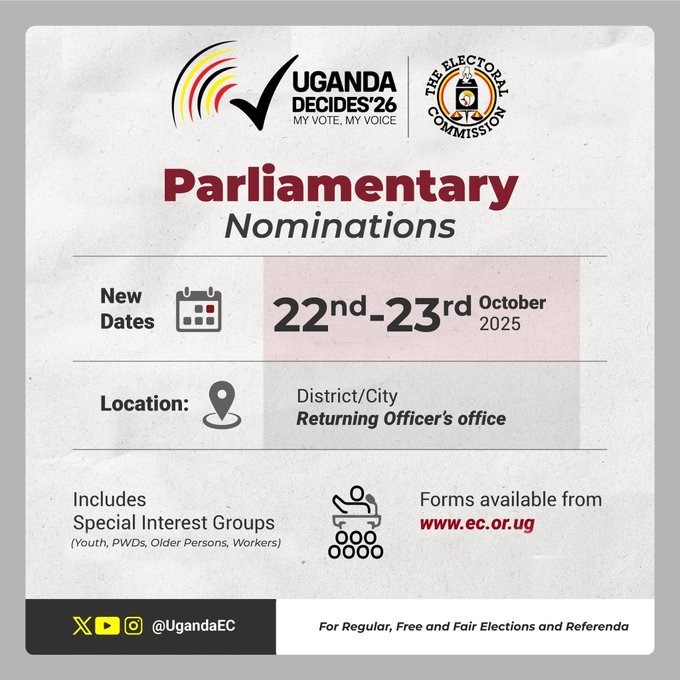Bayobab Uganda has launched its newest and shortest fibre optic route—the Uganda Railway National Long Distance (NLD) route—from Malaba to Kampala.
Bayobab, a subsidiary of MTN Group and the Group’s digital infrastructure arm, is a leading force transforming connectivity across the East African Corridor. This strategic infrastructure initiative aligns with MTN’s vision of delivering inclusive connectivity by expanding its fibre footprint across key markets.
Spanning 260 km from Kampala to Tororo, with an extension to Malaba, the route forms a crucial digital link between Uganda and Kenya. Constructed between December 2024 and February 2025, it delivers high-capacity, reliable connectivity from Uganda’s capital to Bayobab’s subsea cable landing stations in Mombasa. By leveraging the recently completed Mombasa–Malaba/Busia fibre route in Kenya, the project establishes a complete digital backbone between Kampala and Mombasa.
At the unveiling ceremony in Kampala, Juliet Nsubuga, Managing Director of Bayobab Uganda, emphasized the company’s commitment to technological transformation in Uganda and the wider region.
“In collaboration with the Uganda Railway, we utilized the existing railway corridor to deploy fibre infrastructure, delivering high-speed internet access to communities along the route—from Kampala to the Kenyan border at Malaba and beyond,” said Nsubuga. “This new route serves the needs of international and local telecom operators, digital service providers, and ISPs, reinforcing our belief that everyone deserves the benefits of a modern, connected life.”
This fibre route adds to Bayobab’s existing MTN fibre network, which spans other strategic corridors including Busia–Jinja–Mabira–Kampala, Malaba–Kamuli–Kayunga–Jinja–Kampala, and Malaba–Tororo–Lira–Karuma–Masindi–Luweero–Kampala.
As a landlocked country, Uganda depends on robust cross-border infrastructure for access to global digital networks. The new route represents the shortest and most modern fibre connection from Kampala to the Kenya–Uganda border, providing an essential alternative to existing systems. It enhances route diversity, lowers latency, and increases network resilience.
Hon. Nyombi Tembo, Executive Director of the Uganda Communications Commission, welcomed the milestone:
“This new route strengthens Uganda’s fibre infrastructure, increases connectivity redundancy, and supports our national agenda to digitize services, expand coverage, and reduce the digital divide between urban and rural areas.”
MTN Group CEO Sylvia Mulinge reiterated the importance of the project to Uganda’s digital transformation:
“Imagine a startup in Lira testing its app on cloud platforms without delays. A farmer in Kayunga using real-time weather data to plan crop cycles. A school in Kisoro livestreaming science lessons from a university in Kampala. This is the connected future we are enabling through this infrastructure,” she said.


















